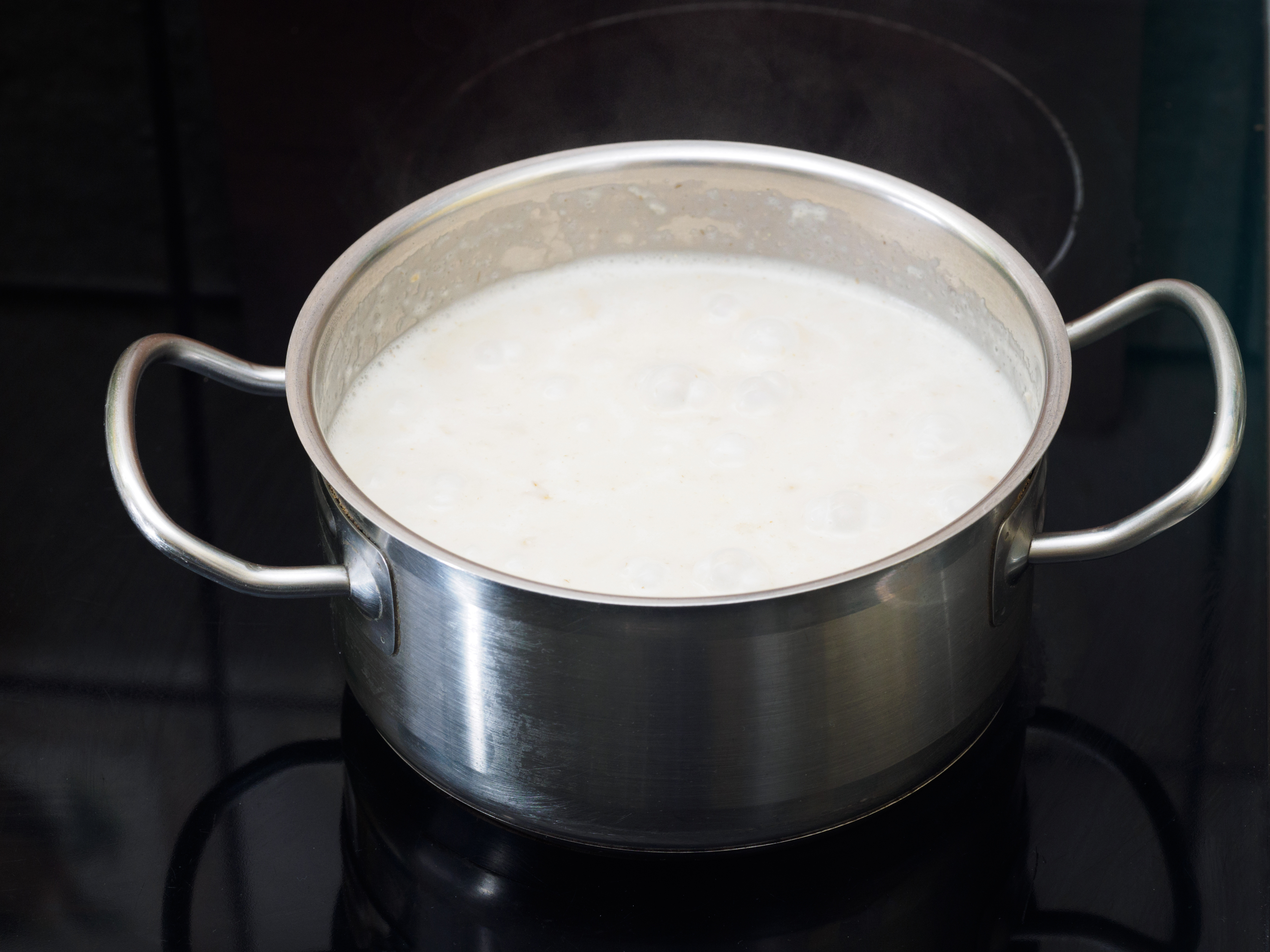Turning Milk into Biodegradable Plastic
Introduction
Did you know you can make plastic from milk? When you mix milk with an acid like vinegar, it causes the milk proteins (casein) to clump together, forming a natural plastic. This experiment is a fun way to learn about chemical reactions, polymers, and sustainability while creating an eco-friendly alternative to synthetic plastic.
Scouts will explore how plastic is made, compare homemade bioplastic to store-bought plastic and discuss the benefits of biodegradable materials.
What you'll need
- 1 cup of full-cream milk
- 4 teaspoons of vinegar (or lemon juice)
- A small pot or microwave-safe container
- Spoon for stirring
- Strainer or coffee filter
- Paper towels
- Moulds or cookie cutters (optional for shaping)
- Food colouring (optional for colour variation)
Before you begin
-
Discuss with the Unit:
- What is plastic, and how is it usually made?
- What are polymers, and why are they useful?
- How does a chemical reaction change milk into plastic?
- Why might biodegradable plastics be better for the environment?
-
Safety Check:
- Handle hot milk carefully to avoid burns
- Ensure proper clean-up, as casein plastic can get sticky
- Consider allergies—dairy-sensitive Scouts may need gloves or a different role

Activity
-
Heat the Milk:
- Pour 1 cup of milk into a small pot and gently heat it on the stove until warm (not boiling)
- Alternatively, heat the milk in a microwave for 90 seconds
-
Add the Acid:
- Stir in 4 teaspoons of vinegar (or lemon juice)
- Watch as curds (solid casein) start to form, separating from the liquid
-
Strain the Plastic:
- Pour the mixture through a strainer or coffee filter to separate the solids
- Use paper towels to press out extra moisture
-
Shape and Dry:
- Press the casein into a mould, cookie cutter, or hand-shape it
- Let it dry for at least 24 hours to harden
-
Test and Compare:
- Observe how it feels compared to real plastic
- Try painting or carving designs into the dried plastic
Change the challenge level
Easier:
- Work in small teams for younger Scouts
- Pre-heat the milk and guide them through the steps
- Skip the shaping step and focus on observing the reaction
Harder:
- Experiment with different types of milk (e.g. skim, plant-based) to see if they form plastic
- Try using different acids (e.g. citric acid, vinegar, lemon juice) to compare results
- Investigate how long bioplastic takes to break down compared to regular plastic
Reflection
- What happened when vinegar was added to the milk?
- How does this compare to regular plastic?
- What are some real-world uses for bioplastics?
- Could this method be scaled up to make eco-friendly plastic alternatives?
- What other natural materials could be turned into plastic?


